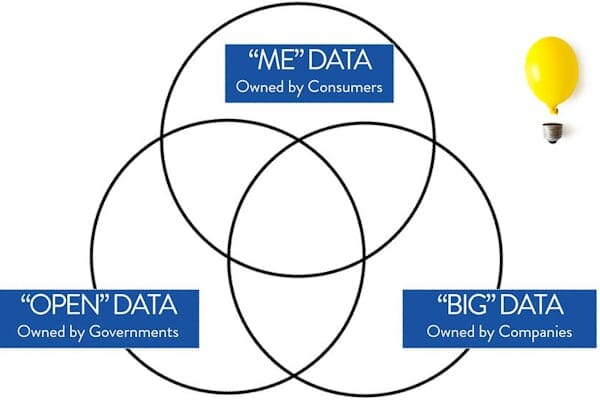Data Overflow
Volumes of both personal and corporate-owned data are increasing at an exponential rate, creating pressure to turn that data into tools that serve as both practical and ethical instead of disconnected data points.

About This Trend:
Big data is getting bigger, small data is getting smaller – and the intersection of both is starting to cause some serious problems. The result is Data Overflow: a volume of data that is so large it can overwhelm or lead to futile attempts to make sense of it all. Consider these facts. According to the GovLax Index, over 1 million datasets have been made open by governments worldwide; less than 7% of these datasets are published in both machine-readable forms and under open licenses.
In agriculture, farmers are facing a deluge of Big Data generated by sensors in the soil, on drones and even tagged on animals themselves. The data enables farmers to practice something called precision farming – a method through which information technology guides farmers in ensuring that the crops and soil receive exactly what they need for optimum health and productivity. In health, software and other solutions that aggregate and organize data generated from wearables, hospitals, and government or other public studies are attracting greater attention and investment.
Some of the most successful brands today are set to tackle the enormous but important task of helping different industries like agriculture, health, and oil and gas manage the increasingly overwhelming volume of data they generate.

Trend Longevity Rating
Relevant For:
Originally Published In:









